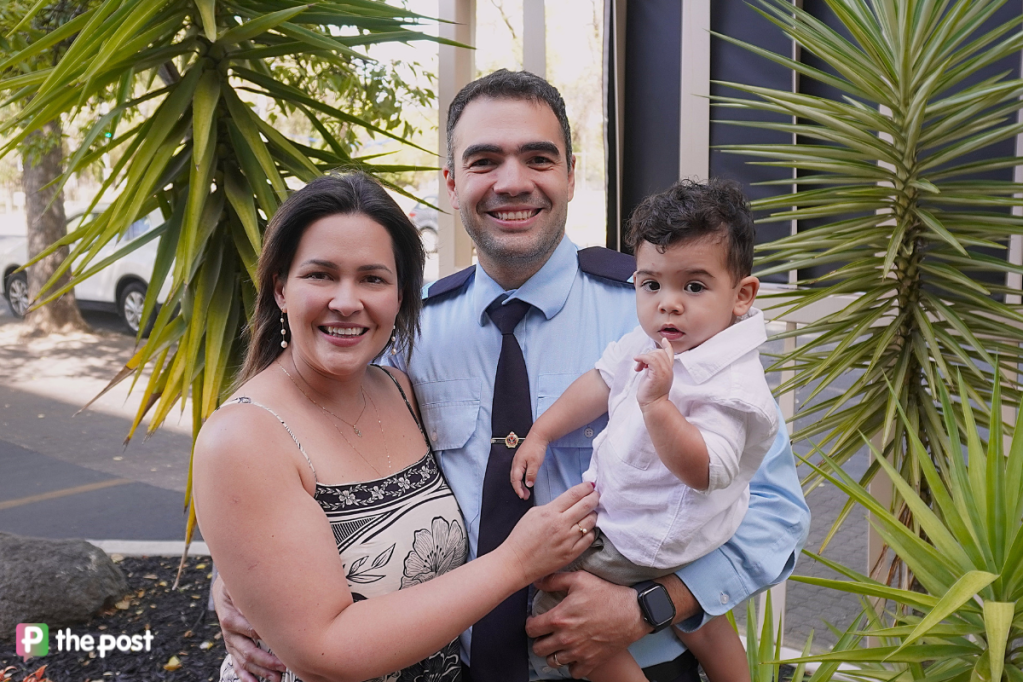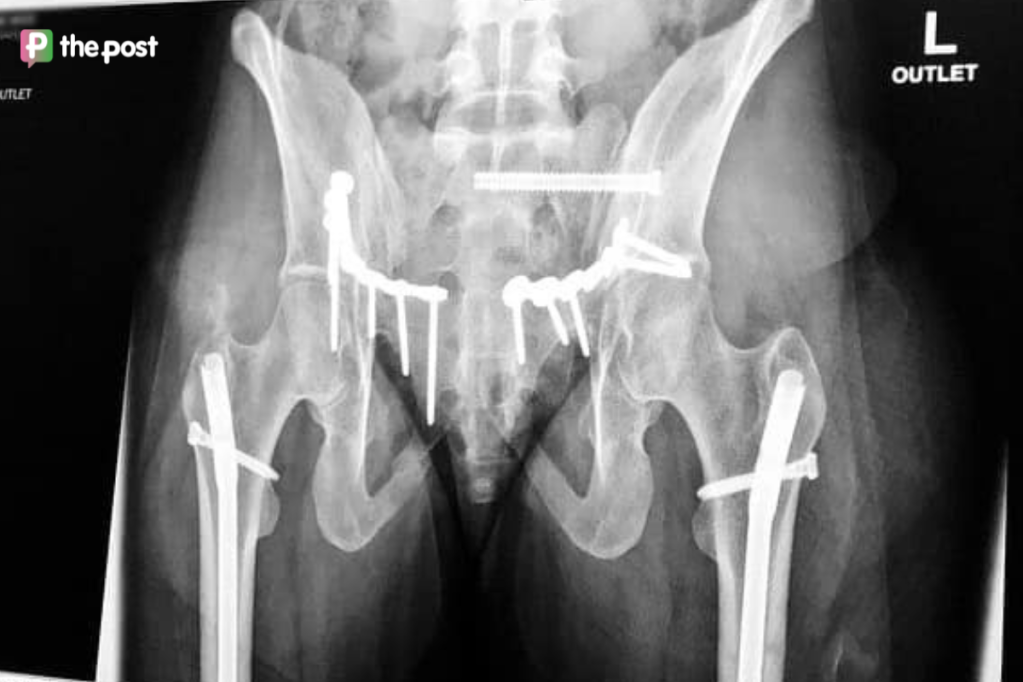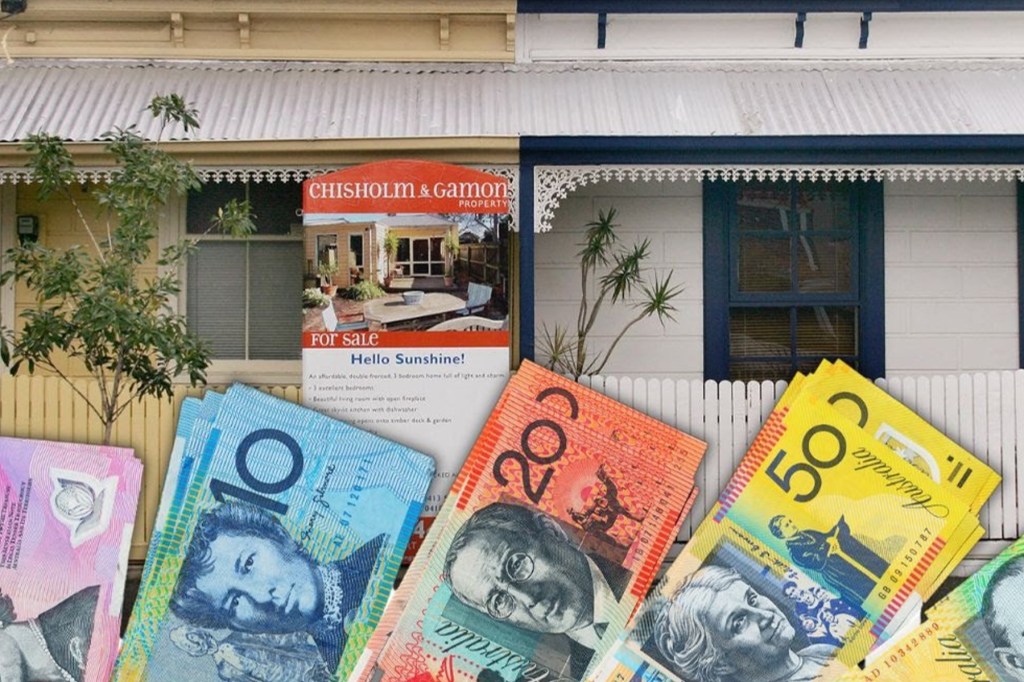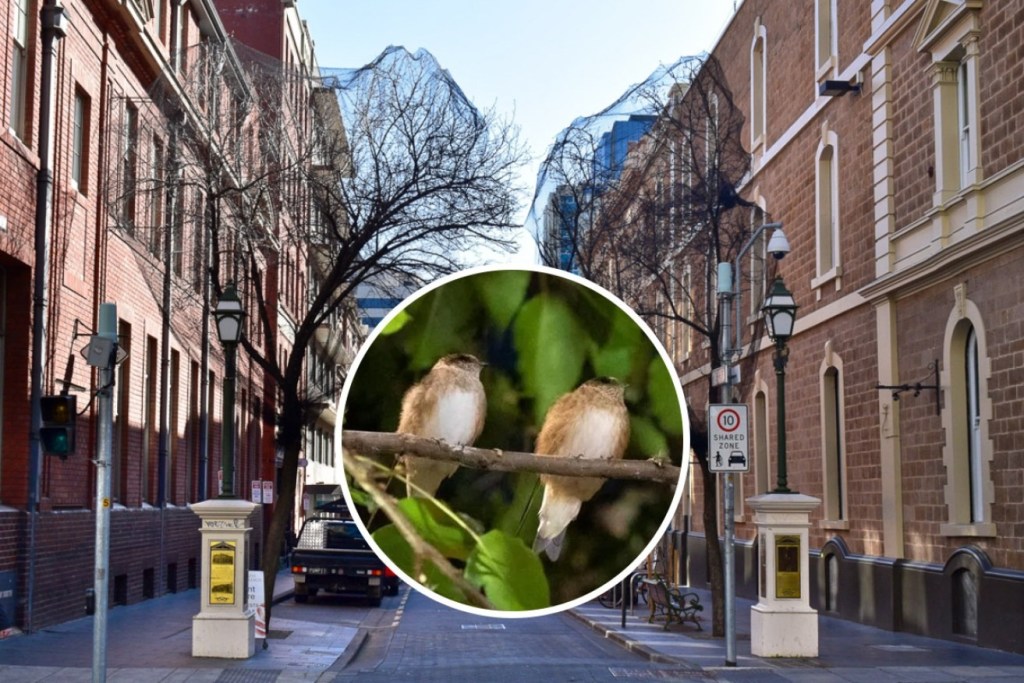At last: RBA delivers long-awaited interest rate cut
The Reserve Bank of Australia cuts official cash rate to 4.1 per cent – the first fall in more than four years.
The Reserve Bank has cut official interest rates by 0.25 per cent, in its first move downwards in more than four years.
The move, which had been widely tipped by forecasters, is the first change in Australia’s official cash rate in 15 months.
The rate has been at 4.35 per cent since November 2023, with Tuesday’s announcement bringing it down to 4.1 per cent.
If passed on in full by banks, the long-anticipated cut will save borrowers about $77 a month on a $500,000 mortgage or $92 for those who owe $600,000.
Earlier, as Australians sweated on the RBA announcement, Prime Minister Anthony Albanese said the country’s economy was recovering but any call on interest rates was beyond the government’s control.
“We respect the independent decision that [Reserve Bank board] will make,” he told ABC Radio on Tuesday.
“They’ll make a decision based on economics, not based upon any politics.
You might like
“What our job has been to do is to get inflation down – we’ve done that.”
Most recent inflation data, released at the end of January, had Australia’s trimmed mean (the measure the RBA uses for underlying inflation) for the past six months at 2.7 per cent.
That puts it well within the bank’s required range of 2-3 per cent.
Albanese noted financial pressures continued to weigh on families, but said Australia had avoided some of the worst economic consequences while providing help through tax cuts, energy bill relief, cheaper child care and other policies.
“This has been a global inflation spike and overseas, it hit double digits in some places,” he said.
“Our neighbours in New Zealand are in a deep recession.
“We’ve managed to avoid that, the economy has continued to grow, we’ve created more jobs than any government since federation.”
Stay informed, daily
Incumbent governments across the world have fallen victim to the inflation curse.
But Tuesday’s long-awaited rate cut could offer enough momentum to turn the political tide and deliver an election advantage for Albanese’s Labor government.
The election must held by May 17, although there is speculation the first cut to interest rates in almost five years could prompt the government to go to the polls sooner.
With cost-of-living issues likely to dominate the election, any fall in interest rates would be front of mind with voters, YouGov polling director Amir Daftari said.
“A rate cut…might be psychological relief among voters that things are going in the right direction,” he said.
“It’s an inopportune time for Labor to win but a rate cut would be an opportunity for the government to get ahead of [cost-of-living] issues.”
Opinion polls show the government still has a hill to climb to win a second term. The latest Newspoll had the Coalition ahead 51 per cent to 49 on a two-party preferred basis.
The Coalition is also ahead of Labor in the latest Roy Morgan results, which point to a hung parliament after the election.
Modelling from YouGov projects the opposition will win the most seats, 73, at the election, but that won’t be enough for the Coalition to govern in its own right.
Daftari said that even putting aside interest rates, the longer Albanese waited to drive to Government House to dissolve parliament, the better.
“If you were behind in the polls, you need as much time as possible to catch up,” he said.
“Given what the polls are showing, [Albanese] would want to use the last possible day.
“If I was a strategist in Labor, I would advise to wait until the middle of May.”
The Reserve Bank board has just one more meeting before the May 17 election deadline.








